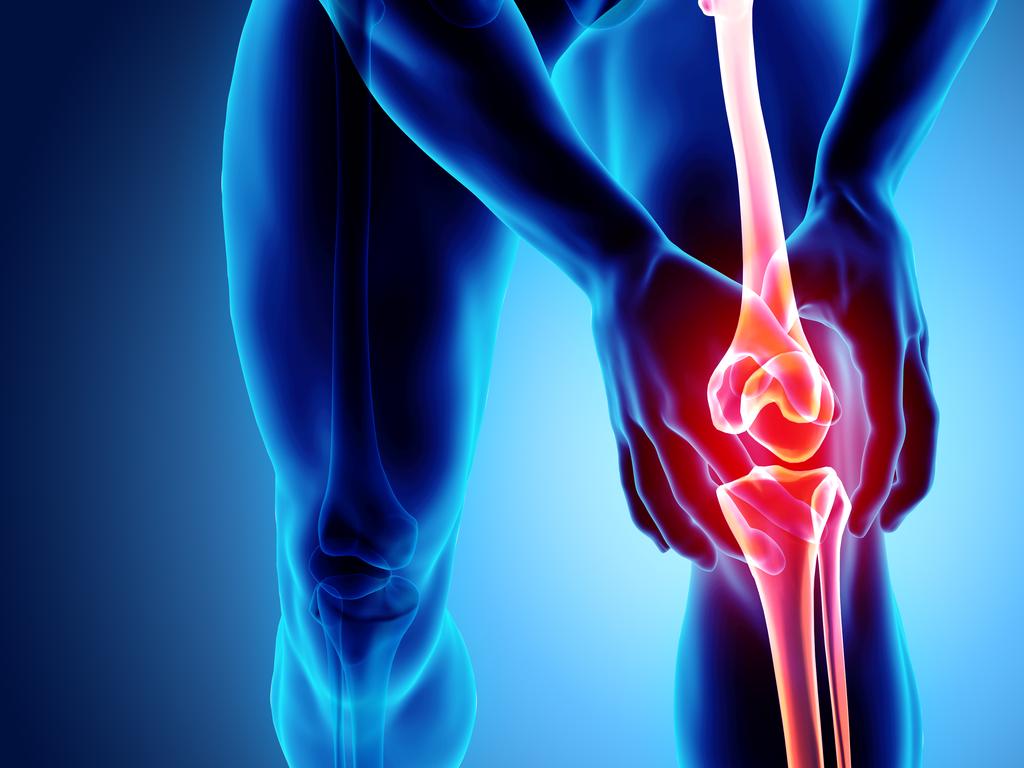Can you really choose what to dream about?
There are strategies for directing our imaginations during the REM phase of sleep. Here are some of the ways to take control.

The other night I dreamt that I was in a mad hurry to catch a train, but however hard I tried to break into a run, I couldn’t move any faster than a painfully slow walk. My frustration mounted as I realised I might never get to the station.
I’ve had dreams like that all my life. At school I’d dream of a race in which one of the runners – me – moved around the track as if through quicksand. I don’t want to spend my sleeping hours like this. In my dreams I want to be standing on top of Aconcagua or swimming with a blue whale or coming on to the pitch as Manchester United’s surprise substitute to score a wondrous winner in the 97th minute of the Champions League final.
Most of us would love to choose what we do in our dreams, whether it’s playing a duet with Mozart or being welcomed ashore by George Clooney at his villa on Lake Como. Some scientists believe our chances of directing our dreams to our liking could be a much more common reality in the future.
A minority already have the knack, to a certain extent at least. Mark Blagrove was a 23-year-old nursing assistant in a psychiatric hospital when he had his first dream in which he became aware that he was dreaming. Such dreams, known as lucid dreams, are rare.
A patient at the hospital with psychosis had wondered if she had been given LSD, and he had been reading about the effects of psychedelics on the brain, including the work of Timothy Leary. He questioned whether he had really become aware that he was dreaming or if this new experience was an effect of taking a hallucinogen. He decided to study a curtain hanging in the hospital.
“If it was shimmering then I was awake and had been given LSD. I looked closely at the curtain and it looked just like curtains do in waking life, motionless with a static surface, and so I concluded that I was indeed dreaming. I remember being so exhilarated when I woke up that I had had my first lucid dream, and pleased also with how I had confirmed it.”
Sleepers who are conscious that they are dreaming are, according to a growing body of research, able to influence events in their dreams. Some report being able to direct dreams so that they fly or have sex. Blagrove’s influence on his dream was more modest, but nonetheless highly satisfactory for someone who studied experimental psychology at Cambridge. “That very much was control of the dream – making a decision to look at the curtains closely and then moving closer to them.”
Over the subsequent 40 years Blagrove has had three more lucid dreams and, as the director of Swansea University’s sleep laboratory, is at the forefront of research into them and the fascinating questions around our potential to shape what we dream about and what the effects of doing so could be.

CAN WE ALL HAVE LUCID DREAMS?
About 50 per cent of people will have had at least one lucid dream in their lifetime, according to Blagrove, and 10 per cent have one at least once a month.
Lucid dreams happen during rapid eye movement (REM) sleep, usually towards the end of a night of sleep. They occur when parts of the prefrontal cortex that control rational volitional thoughts, and go into hibernation during REM sleep, start blazing with activity again, says Matt Walker, another British sleep expert who is a professor of neuroscience and psychology at the University of California, Berkeley, and the founder and director of the Center for Human Sleep Science.
“It’s that re-engagement of the prefrontal cortex that we think is the cause of the very ability for you to gain volitional control over what it is that you dream,” he says.
HOW CAN YOU INCREASE YOUR CHANCE OF HAVING A LUCID DREAM?
With lucid dreams being so rare for most people, the potential for perfecting the art of controlling our dreams is minimal. But scientists are claiming some success in inducing them.
Blagrove and his colleague Michelle Carr reported using cognitive training and ways of stimulating sleepers to help them to have lucid dreams. Volunteers were trained to associate red lights and beeping noises during their sleep as a cue to ask themselves if they were dreaming or not. They were also trained so that those who became lucid (knew they were dreaming) communicated this by moving their eyes from left to right four times. Because the volunteers’ REM was being monitored, the researchers knew that they were asleep and dreaming, not just half-awake, when they made the conscious decision to communicate their lucid state. The result of the cue training was dramatic. Half the participants experienced a lucid dream.
Most people interested in having a lucid dream probably don’t want to sign up to a scientific trial in which they have to nap in a lab. Other ways to improve your chances include the “wake back to bed” method, where you wake early in the morning and stay awake for 10 to 60 minutes before going back to sleep.
If that too holds minimal appeal, you could try Mild, the mnemonic induction of lucid dreams technique, which involves repeating a phrase in the hours before sleep, such as, “The next time I am dreaming, I will remember that I am dreaming” or “I am going to have a lucid dream.” Those who use another technique, reality checking, will ask themselves, “Am I dreaming?” throughout the day.
The theory is that this cognitive habit transfers into your dreams and helps to trigger the realisation that you’re dreaming. Walker cautions that these theories aren’t fully validated yet.

WHAT CAN LUCID DREAMERS DO TO CONTROL THEIR DREAMS?
“Almost anything you could imagine doing when awake, you can imagine doing in a lucid dream,” Blagrove says. But he adds: “There do seem to be some cognitive limits in dreaming. For example, it’s very difficult to imagine a whole page of writing, read it, look away, and then go back to it and it’s the same page of writing. There is also the light switch phenomenon. If you turn on a light switch in a lucid dream it doesn’t usually immediately fully light the room. Usually some problem occurs with it.”
He once had a lucid dream in which he chose whom he wanted to emerge from a lift. However, lucid dreamers tend to find they are not omnipotent dream masters even when they decide who appears in their dream. “It’s not then completely under your control what they will do or say.”
Unsurprisingly, lucid dreamers like to dream up sexual situations and some people have reported having orgasms in their lucid dreams. For researchers this is not always helpful. “One of the famous things is that people spend so much time having sex in lucid dreams that they forget to take part in the experiment that they’re doing,” Blagrove says.
WHAT ARE THE BENEFITS?
Training people to have lucid dreams is now a popular technique for treating people with recurring nightmares. If you are lucid in a nightmare, you can tell yourself to wake up, or alter the dream to make it less distressing. Blagrove says that the method is not perfect. “People may fail to have a lucid dream and that may add further stress.”
For most lucid dreamers the benefit is simple. “The potential is that they can be fun recreation. There are lots of people playing video games all day and it could very well be that having these strange environments to play around in can be quite joyful and interesting,” he says.
BUT ARE THERE DOWNSIDES?
Walker says that the evidence is conflicted on whether people feel more or less refreshed after a lucid dream. In one small study lucid dreamers said they felt more refreshed after a dream, but another survey of 1,000 people found lucid dream sleep was less restorative.
And what about the effect of controlling our dreams? Some scientists believe that dreams have no function, in which case it doesn’t really matter whether you have a lucid or a non-lucid dream, Blagrove says.
But many sleep, dream and memory researchers are convinced dreams have a role in processing our memories or emotions. Blagrove says the threat simulation theory is that they help you to look out for threats in your environment. Dreaming about threats allows you to train to overcome them. There are other theories that dreams are involved in making memories from the day more permanent, by linking new memories with older ones.
“It might be a time of creativity for you and so if you’re going to interfere with it and become conscious, then that’s going to have an adverse effect on all of the creativity of the dream,” he says. “The theory goes that we have a period where we’re not in control of everything and that’s very beneficial to us.”
In Blagrove’s new book, The Science and Art of Dreaming, he and his co-author, the artist Julia Lockheart, explore a theory he finds compelling: that dreams play a vital social role in binding us together. “We produce dreams in order to tell them when we’re awake. They are a way of self-disclosure to other people that’s evolved for humans in parallel to the evolution of storytelling.”
We might recoil in horror when a colleague or family member starts telling us about their dreams, but research Blagrove has done found that when two people got together to discuss their dreams and started mapping the dream onto what was going on in their life, they bonded. “If somebody shares a dream with somebody else, the empathy of the person hearing the dream to the dream teller increases.”
Trying consciously to influence what happens in your dreams could “interfere with the fiction-making characteristic of dreams because you’re just trying to control it”. And however tempting it may be to try to control our dreams, there may be one other downside. “You probably get dreams that are less interesting because you decided to control what is happening.”
The Times







To join the conversation, please log in. Don't have an account? Register
Join the conversation, you are commenting as Logout